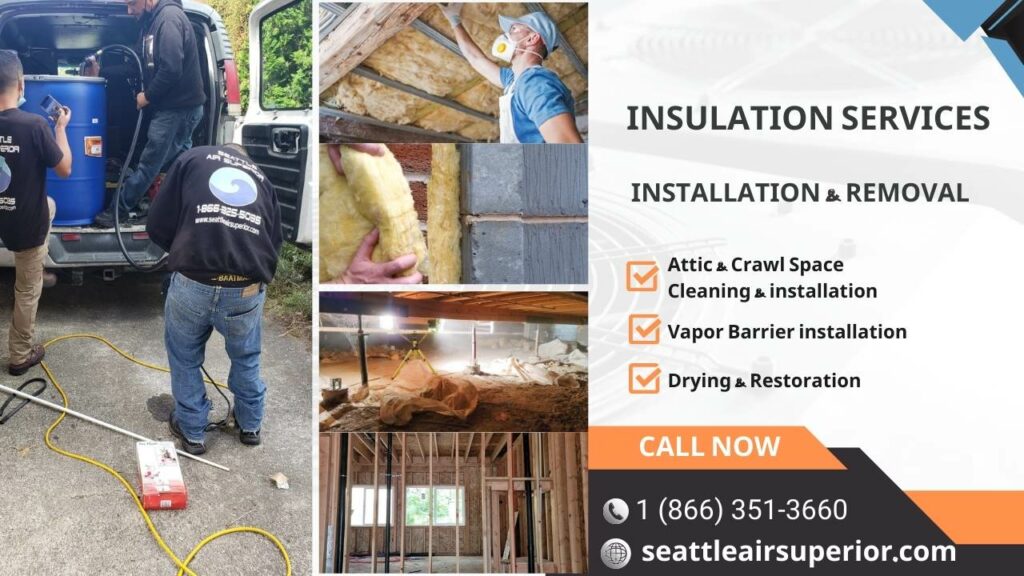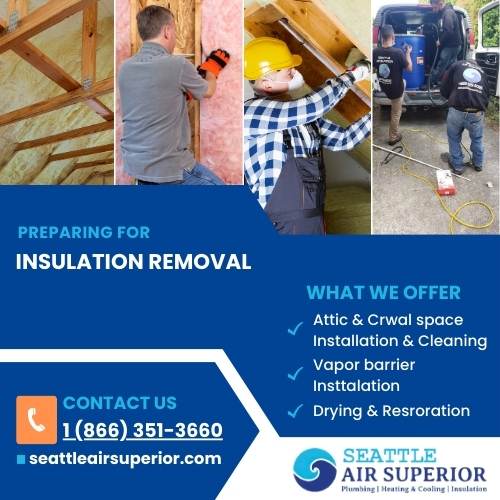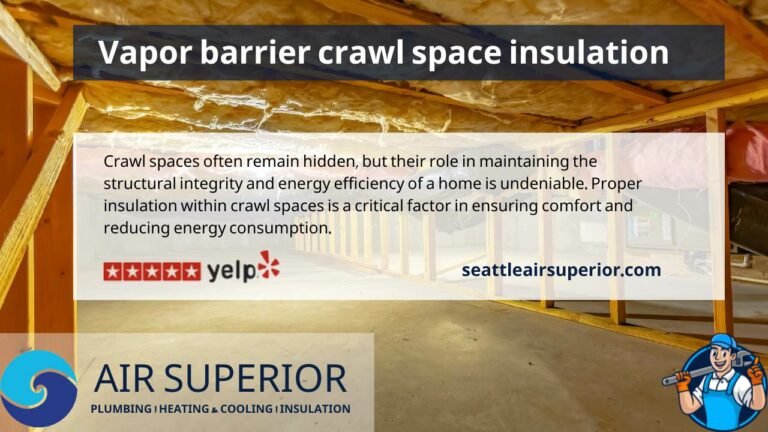Insulation in homes and buildings plays a crucial role in maintaining energy efficiency and comfort. However, like any other material, insulation can deteriorate over time or become damaged, leading to various problems.
The Risks of Old or Damaged Insulation:
- Health Hazards – One of the primary concerns with old or damaged insulation is the potential health risks it poses. Insulation materials that are deteriorating can release particles into the air, which, when inhaled, can lead to respiratory problems and other health issues. In particular, older insulation materials like asbestos or certain types of fiberglass pose significant health risks if they become airborne.
- Reduced Energy Efficiency – Damaged or outdated insulation loses its effectiveness over time, leading to increased energy costs. Insulation works by trapping air to reduce heat flow, but when it’s compromised, this process is less effective, causing heating and cooling systems to work harder to maintain comfortable temperatures. This not only leads to higher utility bills but also puts extra strain on HVAC systems, potentially shortening their lifespan.
- Fire Hazard – Certain types of old insulation, especially those made from flammable materials, can increase the risk of fire. If the insulation is near electrical wiring or heat sources and is not properly maintained, it could ignite, posing a serious safety hazard.
Removal of Insulation for Mold and Pest Hazards
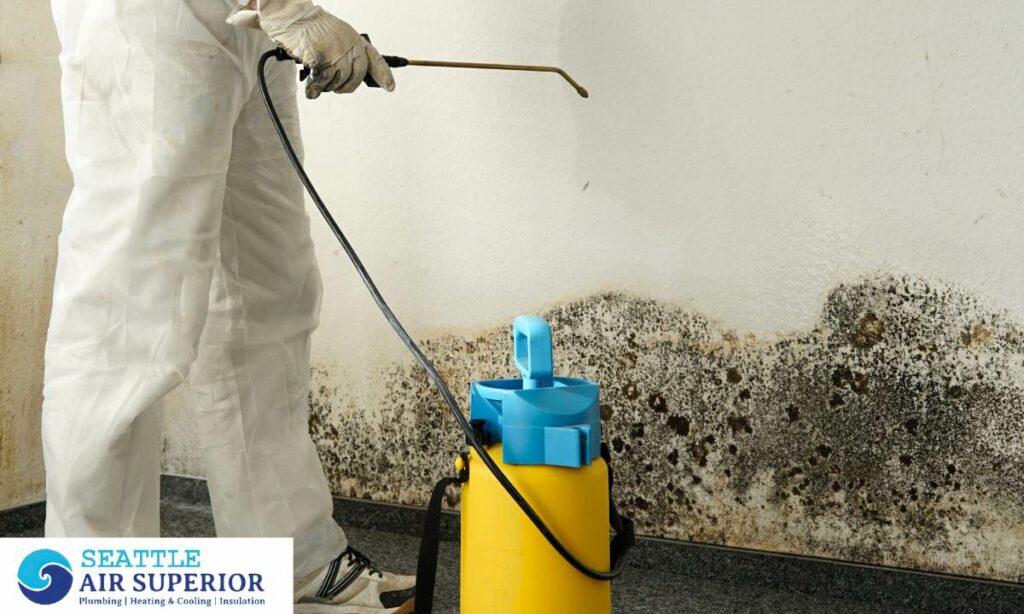
Mold growth in insulation occurs due to moisture problems and can lead to health issues like allergies and respiratory infections. Pests such as rodents or insects often nest in insulation, contaminating it and potentially causing structural damage. Removing the contaminated insulation is crucial to eliminate these health and structural risks.
Steps for Insulation Removal:
- Safety Precautions – Before starting, it’s essential to wear protective gear, including gloves, masks, and goggles, to avoid direct contact with harmful materials or contaminants.
- Isolate the Area – Seal off the area where the insulation will be removed to prevent the spread of contaminants to other parts of the building.
- Careful Removal – Remove the insulation material carefully to minimize the dispersal of mold spores or pest remnants. This might involve using special tools or vacuum systems designed for Insulation Removal.
- Proper Disposal – Dispose of the old insulation material according to local regulations. Contaminated insulation should be bagged and removed from the site to avoid any further contamination.
- Inspection and Cleaning – After removal, inspect the area for any signs of mold or pest infestation and clean thoroughly. This step ensures that the space is ready for new insulation to be installed.
The Effect of Insulation on Home Ventilation and Air Quality
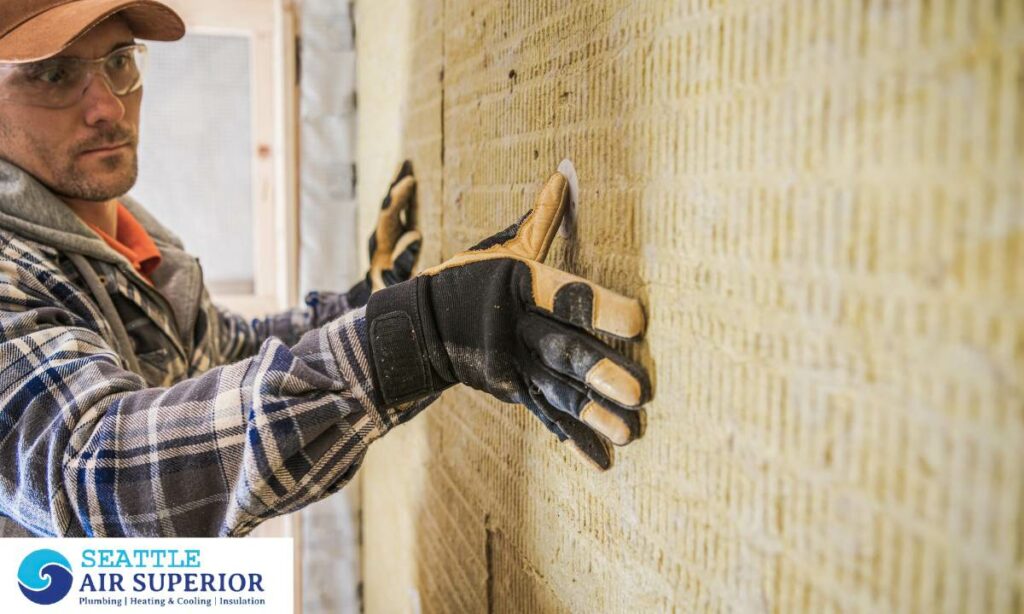
Effective insulation directly impacts a home’s ventilation and air quality. Good insulation helps maintain a consistent indoor temperature by reducing the exchange of air between the inside and outside of a building. This can be beneficial for energy efficiency but may also lead to inadequate ventilation if not properly balanced.
Poor ventilation can result in an accumulation of indoor air pollutants such as dust, mold spores, and volatile organic compounds (VOCs), which can have adverse effects on health. Therefore, while insulation is key to energy efficiency, it must be complemented with proper ventilation systems to ensure healthy indoor air quality.
Knowledge of Different Insulation Materials and Their Removal
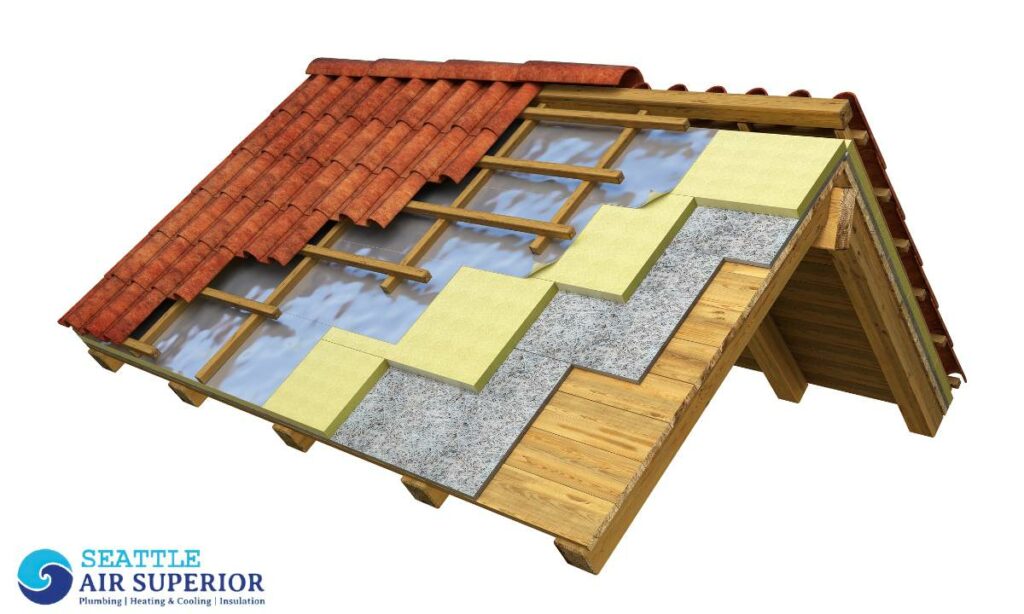
Understanding the variety of insulation materials and their specific removal procedures is essential for effective and safe insulation management.
- Fiberglass Insulation – Commonly found in batts or rolls, fiberglass insulation requires careful handling due to its tiny glass fibers. During removal, it’s crucial to avoid disturbing the material too much to prevent these fibers from becoming airborne.
- Cellulose Insulation – Made from recycled paper products, cellulose is often blown into attics or wall cavities. Its removal typically involves a specialized vacuum system to prevent the spread of dust.
- Foam Board Insulation – Rigid foam boards need to be carefully disassembled and removed piece by piece. Care should be taken to avoid breaking the boards into small pieces, which can release particles.
- Spray Foam Insulation – This type of insulation adheres to surfaces and can be challenging to remove. It often requires physical cutting and scraping, and in some cases, solvents may be needed to dissolve the foam.
- Mineral Wool Insulation – Similar to fiberglass, mineral wool (rock or slag wool) insulation should be handled gently to prevent fiber release. It’s often removed in large sections or batts.
- Asbestos Insulation – Asbestos removal is highly regulated and should only be performed by licensed professionals due to its severe health risks.
Preparing for Winter: The Best Time to Remove Insulation?
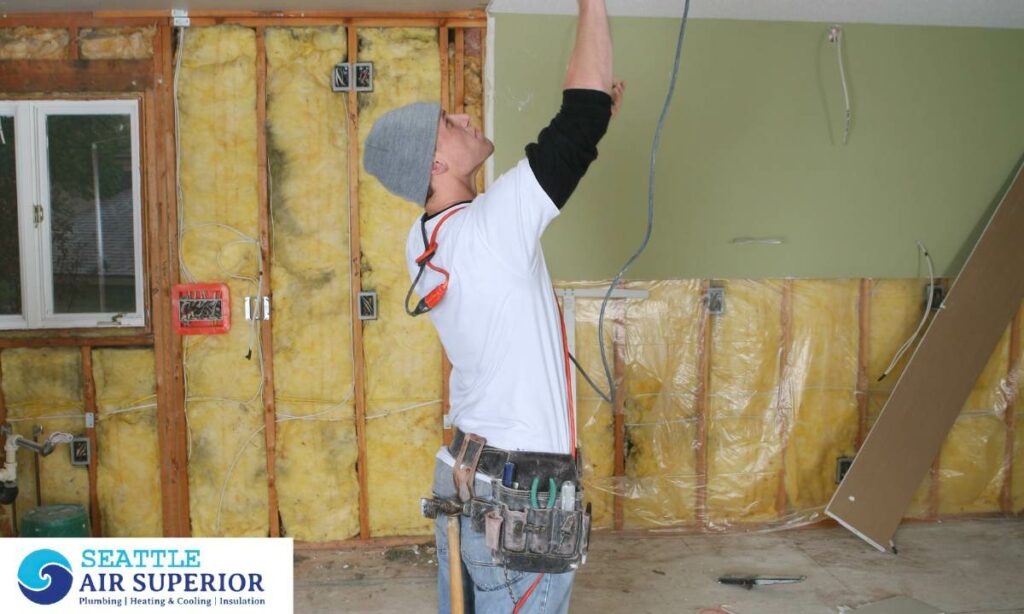
When considering Insulation Removal, timing can be critical, especially in preparation for winter. The best time to remove and replace insulation is typically before the onset of cold weather. This ensures that the home is adequately insulated and prepared for lower temperatures, which can significantly impact heating costs and comfort.
Additionally, replacing insulation during the fall can prevent issues related to ice dams and moisture buildup that are common in winter. However, it’s important to plan ahead as insulation contractors may have busier schedules during this season.
Proper timing allows for a thorough inspection, removal, and replacement process, ensuring a well-insulated home ready to face the colder months.
See also: How to Insulate the crawl space?
Insulation Removal services: What to Expect
When opting for professional Insulation Removal, homeowners can expect a thorough and efficient process carried out by experienced technicians. Professionals in this field are equipped with the necessary tools and knowledge to handle various types of insulation safely and effectively.
The process typically begins with a detailed assessment of the insulation to determine the best method of removal. Specialized equipment such as high-powered vacuums and protective gear are used to ensure that the removal process is safe and clean, minimizing the risk of contaminant spread.
Additionally, professionals can identify any underlying issues, like moisture or pest infestations, that may have compromised the insulation. With their expertise, they ensure that all remnants of old insulation are removed, preparing the space for new insulation installation. Homeowners can expect a hassle-free experience with minimal disruption to their daily routines.
SeattleAirSuperior stands out as a premier Insulation Removal company. Their expertise lies in handling the unique challenges that attic spaces often present, such as limited accessibility, varying types of insulation materials, and potential hazards like mold or pests.
With a team of trained professionals, SeattleAirSuperior ensures that the removal process is conducted meticulously, adhering to safety standards and environmental regulations. They employ state-of-the-art equipment and techniques to efficiently remove old or damaged insulation, thereby reducing the risk of airborne contaminants.
Furthermore, their services often include a comprehensive assessment of the attic space to recommend the best insulation solutions suited for individual needs. Opting for SeattleAirSuperior means choosing a company dedicated to quality, safety, and customer satisfaction in the realm of attic Insulation Removal.

